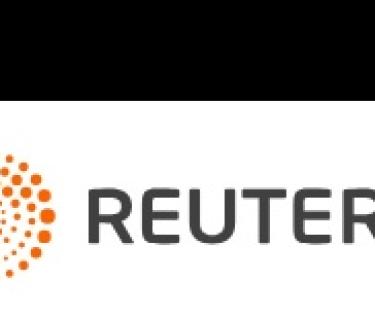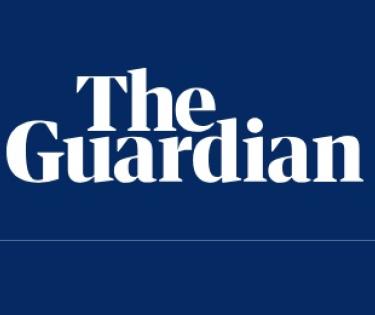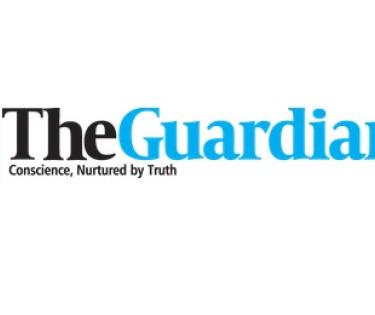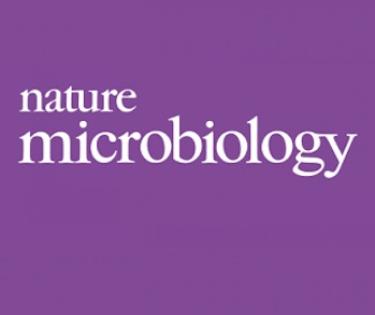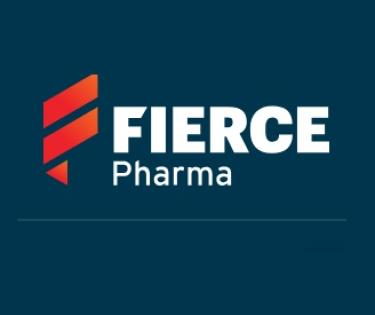GENEVA, 30 August, 2023: The Stop Tb Partnership´s Global Drug Facility (GDF) today announced price reductions up to 55% for bedaquiline, a critical drug used to treat drug-resistant TB (DR-TB)
The new, reduced bedquiline prices - secured through an open, competitive tender and valid through December 2024 - are as follows:
- Johnson & Johnson: US$130 per 6-month treatment course
- Lupin: US$194 per 6-month treatment course
These new bedaquiline prices are available to the vast majority of low- and middle-income countries and reflect a 55% and 33% price decrease for Johnson & Johnson and Lupin, respectively, compare to the previous price of US$289 for a 6-month treatment course of bedaquiline.
Around 450,000 people are estimated to have drug-resistand TB. The GDF estimates its lower bedaquiline prices will generate US$8 million in savings over the 16-month contract period, an amount sufficient to procure more than 51,000 additional bedaquiline treatments and potentially support thousands more people to access critical treatment for drug-resistant tuberculosis.
“This price reduction is a momentous breakthrough in the fight to end TB and it is especially timely in the leadup to the UN High-Level Meeting on TB to be held in New York in September”, said Dr. Lucica Ditiu, Executive Director of the Stop TB Partnership. “The rise of drug-resistant TB is a huge threat to the fight against TB. Worryingly, every year around 300,000 people with drug-resistant TB remain missed by the health services, therefore potentially spreading the infection.”
“No one should have to suffer from drug-resistant tuberculosis simply because they cannot afford treatment,” said Dr. Atul Gawande, Assistant Administrator of USAID’s Global Health Bureau. USAID is the largest bilateral donor leading the international TB response. “This historic price reduction will broaden access to this life-saving drug and keep us on the path to end TB by 2030.”
“Today marks the culmination of several years of collaborative effort across numerous stakeholders, including the United States Agency for International Development, Stop TB, the World Health Organization, The Global Fund, pharmaceutical manufacturers, national TB programs and others to build a competitive bedaquiline market able to deliver quality-assured, affordable bedaquiline to low- and middle-income countries”, said Dr. Brenda Waning, GDF Chief.
Bedaquiline is a core component of nearly every regimen recommended by the World Health Organization (WHO) for treatment of DR-TB. Bedaquiline, together with pretomanid, linezolid, and moxifloxacin comprise BPaLM, the preferred regimen recommended by the WHO for treatment of DR-TB. For people with resistance to moxifloxacin, WHO recommends the use of BPaL (bedaquiline, pretomanid, and linezolid) for DR-TB treatment. The reduction in the price of bedaquiline will result in an overall decrease in the cost of 6-month treatment regimens for DR-TB of between 27% and 29%*.
“The World Health Organization (WHO) welcomes the significant reduction in the price of bedaquiline, one of the most important medicines for the treatment of drug-resistant tuberculosis,” said Dr Tereza Kasaeva, Director of WHO’s Global Tuberculosis Programme. “This drug price reduction will significantly increase access to treatment for those who are in need, especially in countries with a high burden of drug-resistant tuberculosis This will help save lives and help accelerate the progress towards achieving the End TB Strategy targets.”
“MDR-TB is a terrible disease, highly infectious and with a high fatality rate, but it can be cured with the right treatment,” said Peter Sands, Executive Director of the Global Fund. “Significantly reducing the price of Bedaquiline will enable more people with MDR-TB to be treated effectively, saving lives and reducing the probability of onward infection. This price reduction is a great example of how delivering affordable access to those most in need can be achieved – it takes leadership and partnership.”
“Not only have we reached the US$500 target price for key DR-TB regimens established by partners such as Médecins Sans Frontières, but the new BPaL price squeaked in just below $400; and GDF’s reduced bedaquiline prices set a new bar for other suppliers to further decrease medicine prices and bring BPaLM regimen prices well under US$400 in the very near future”, noted Waning.
Dr. Chukwuma Anyaike, Director Public Health, Federal Ministry of Health, Nigeria, indicates that "in Nigeria, quantifying and costing for medicines for the number of DR-TB patients expected to be put on treatment each year is a huge challenge as it takes up a significant proportion of our annual resources despite the fact that the number of patients identified were between 2000 to 3000 annually. Nigeria is a high DR-TB burden Country housing about 15,000 DR-TB cases each year and the identified cases are increasing yearly. This drop in price is coming in the very right moment for us, as we plan to further increase the treatment coverage rate of DR-TB in the country starting from identifying about 6000 cases in 2024. However, we still have the challenge of financial gap required to treat the expected huge number to be identified in the TB response. I know am not speaking just for myself, but for all leaders of TB programmes in the world”.
Mr. Austin Obiefuna, vice chair of the Stop TB Partnership Secretariat Board commented: “Every person diagnosed with drug resistant TB should be ensured access to the non-injectable, 6 months treatment regimen and this reduced price takes us exactly in that direction. However, I hope that we can work together and further reduce this price to a value closer to US$300 per regimen.”
“Given the GDF savings allow procurement of 50,000 additional bedaquiline treatments, this is amazing! Let’s keep in mind that only 162,000 people were treated for DR-TB in 2021” added Dr. Ditiu. “We hope this will encourage donors and governments to set bold targets and invest in health system interventions to find and treat the estimated 300,000 missing people with DR-TB that remain untreated year upon year.”
Countries can access the new bedaquiline prices in the GDF Medicines Catalog and place new orders for bedaquiline and other medicines on the Stop TB website.
Additional information and answers to Frequently Asked Questions are available here.
Notes
About TB
TB is a forgotten respiratory disease that still kills 1.5 million people each year, more than any other infectious disease. It is a bacterial, airborne disease with the WHO reporting 10.6 million people falling ill with TB worldwide in 2021. Incidence and deaths due to TB hade been declining steadily prior to 2020 as a result of intensified activities by high-burden countries to find people with TB early and provide appropriate treatment; however the COVID-19 pandemic set TB programs back on both detection and treatment and are only now returning to pre-pandemic conditions.The TB incidence rate (new people developing TB per 100 000 population per year) rose by 3.6% between 2020 and 2021, reversing declines of about 2% per year for most of the past 2 decades. Globally, the estimated number of deaths from TB increased between 2019 and 2021, reversing 14 years of decline between 2005 and 2019. In 2021, 1.6 million people died from TB, including 187 000 people with HIV. Between 2018-2021, 26.3 million people were treated for TB. This number is a far cry from the 40 million targets set for 2018-2022 at the 2018 United Nations High-Level Meeting (HLM) on TB. Click here to access the Global Plan to End TB
About Drug-Resistant TB
Drug-resistant TB (DR-TB) continues to be a public health threat and it is a form of antimicrobial resistance that is difficult and costly to treat. It is caused by TB bacteria that are resistant to at least one of the first-line existing TB medications, resulting in fewer treatment options and increasing mortality rates. Resistance to rifampicin – the most effective first-line drug – is of greatest concern. Resistance to rifampicin and isoniazid is defined as multidrug-resistant TB (MDR-TB). Both MDR-TB and rifampicin-resistant TB (RR -TB) require treatment with second-line drugs.
Globally, the estimated number of people who developed MDR-TB or RR -TB (MDR/RR -TB) each year was relatively stable between 2015 and 2020, but it grew in 2021. There were an estimated 450 000 incident cases, up 3.1% from 437,000 in 2020.
In 2021, only one-third of people with DR-TB were diagnosed, meaning that approximately 300,000 people with the disease were not even aware they are infected, posing a significant threat to human health and global health security.
Regimens used to Treat Drug-Resistant TB
In people with MDR/RR-TB, there are several regimens that can be used based on current WHO policy. The key factors that define treatment regimen choice include drug-resistance profile, prior exposure to TB medicines and patient history, drug-resistance profile of close contacts, the patient’s age, extent of pulmonary TB disease and localization of extrapulmonary TB lesions.
For more, please see the WHO Guidelines.
*Prices and estimated savings based on lowest prices for bedaquiline, pretomanid, linezolid, and moxifloxacin using the 6-month WHO-recommended BPaLM and BPaL regimens for adolescents and adults >14 years old. GDF’s new, lower bedaquiline price translates into 28% and 29% price decreases in 6-month DR-TB treatment regimens of BPaLM and BPaL, respectively. The new, reduced BPaLM price is US$426 (US$130 bedaquiline, US$238 pretomanid, US$31 linezolid and US$27 moxifloxacin), down from the previous price of $588; and the new, reduced BPaL price is US$399 (US$130 bedaquiline, US$238 pretomanid, and US$31 linezolid), down from the previous price of US$560.

